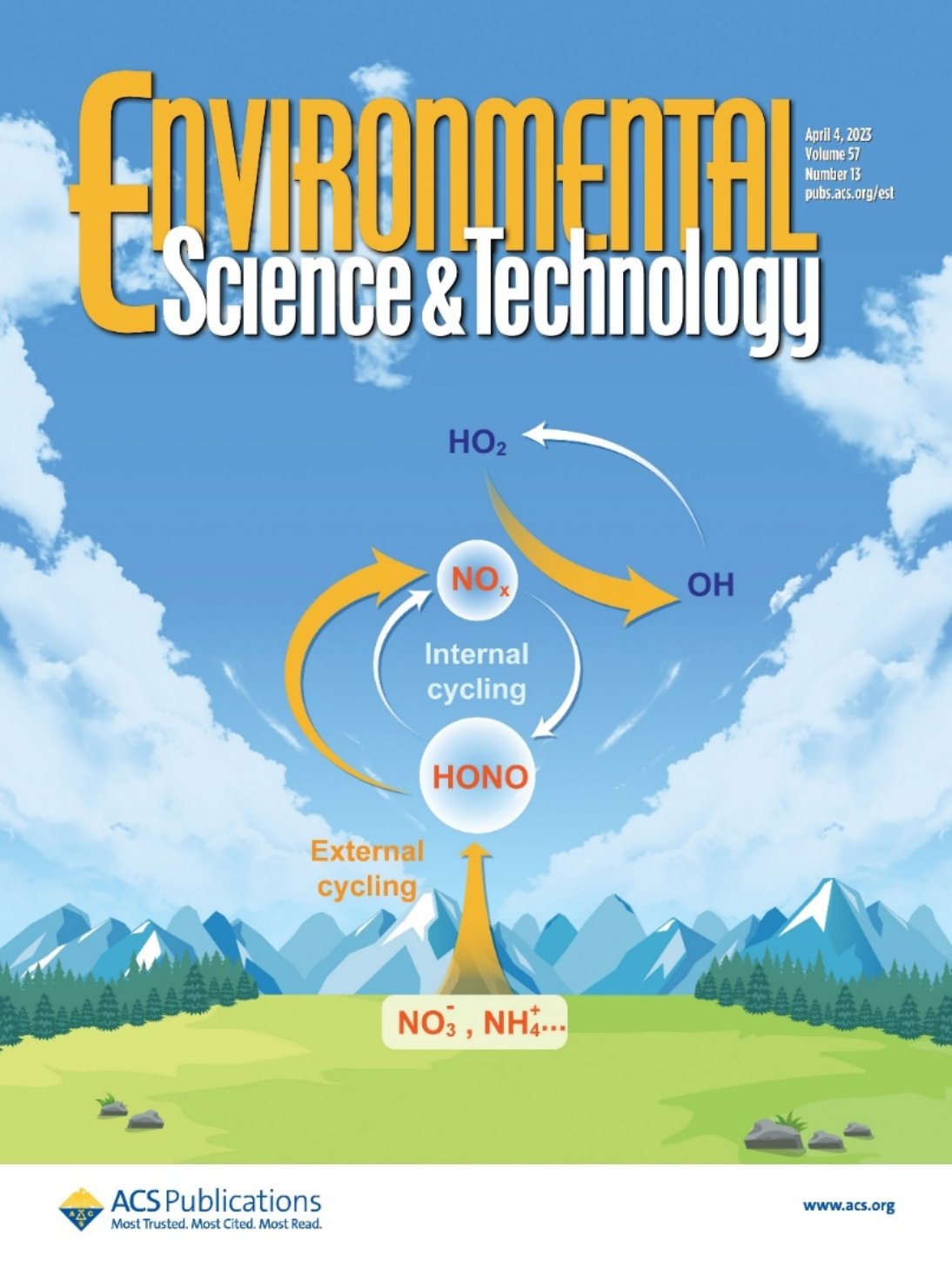
Nitrous acid (HONO) is a primary precursor of OH radicals and greatly impacts the atmospheric oxidative capacity in the atmosphere. In the urban atmosphere, internal cycling of HONO and NOx, i.e., homogeneous reactions of NO with OH radicals, the heterogeneous conversion of NO2 on environmental surfaces, and photolysis of HONO, dominate the HONO budgets. The turnover rate between HONO and NOx, determined by the internal cycling reaction rate constants, characterizes a photo-stationary state HONO/NOx ratio (PSS HONO/NOx) of 0.01-0.05. However, substantially higher PSS HONO/NOx ratios have been observed in polar areas. External cycling, i.e., formation mechanism of HONO and NOx with precursors other than NOx, has been proposed. Such external sources dominate the HONO source and naturally serve as a source of NOx via external HONO photolysis in polar areas where primary NOx emissions are negligible. Here we raise scientific questions regarding whether such external cycling of reactive nitrogen, with HONO as an intermediate tracer, is prevalent in the general background atmosphere.
The Tibetan Plateau is referred to as the third pole of the world, representing the global background atmosphere. During the in-depth study of the atmospheric chemistry performed over the Tibetan Plateau in 2019, referred to as the @Tibet 2019 field campaign, we collected a comprehensive dataset related to HONO and NOx budgets at Nam Co. The distributions of HONO, NOx, and PSS HONO/NOx ratio observed in Nam Co were comparable with those recorded in polar areas, with unexpectedly high HONO/NOx of 0.31. The results suggested that external cycling prevailed at the background site. Budget calculation determined an external daytime HONO source of 100 pptv h-1 against an internal source of 30 pptv h-1. Two proxy mechanisms, i.e., soil emission and photolysis of nitrate on ambient surfaces, were reasonable to account for the external source within the measurement uncertainties of 25%. The NOx budget calculation demonstrated that HONO was a critical intermediate to NOx, with the photolysis of the external HONO dominating NOx formation. The OH radical production rate doubled as a result of the external cycling of HONO and NOx, indicating the promotional role of external cycling in atmospheric oxidative capacity.
A PSS HONO/NOx ratio higher than 0.05 was deduced as a sufficient condition for the external cycling routes in this study. Based on our literature review, high PSS HONO/NOx ratios, from 0.06 to 0.77, were prevalently observed in various pristine areas, departing from the urban scenarios. This finding is indicative of the external cycling routes prevailing in the background atmosphere. Therefore, underappreciating the external cycling is a major flaw of our current understanding of the reactive nitrogen cycling process and atmospheric oxidative capacity in background environments.
This work has been recently published in Environmental Science & Technology under the title “Validating HONO as an Intermediate Tracer of the External Cycling of Reactive Nitrogen in the Background Atmosphere” and selected as the supplementary cover (https://pubs.acs.org/doi/full/10.1021/acs.est.2c06731). Jianshu Wang, a doctoral student at the College of Environmental Science and Engineering, is the first author of the paper. The paper has corresponded to Chunxiang Ye, an assistant professor at the College of Environmental Science and Engineering. This research is supported by the National Natural Science Foundation of China (Grants Nos. 42175120, 41875151, and 42105110) and the Second Tibetan Plateau Scientific Expedition and Research Program (2019QZKK060604).
